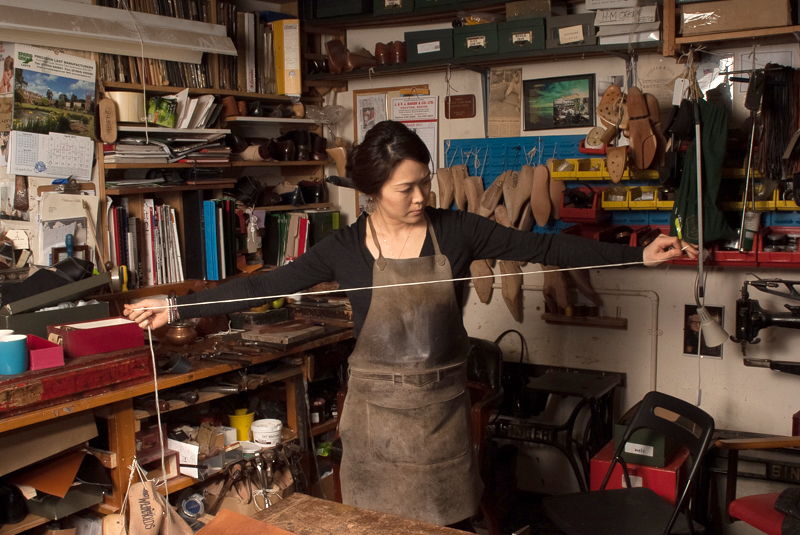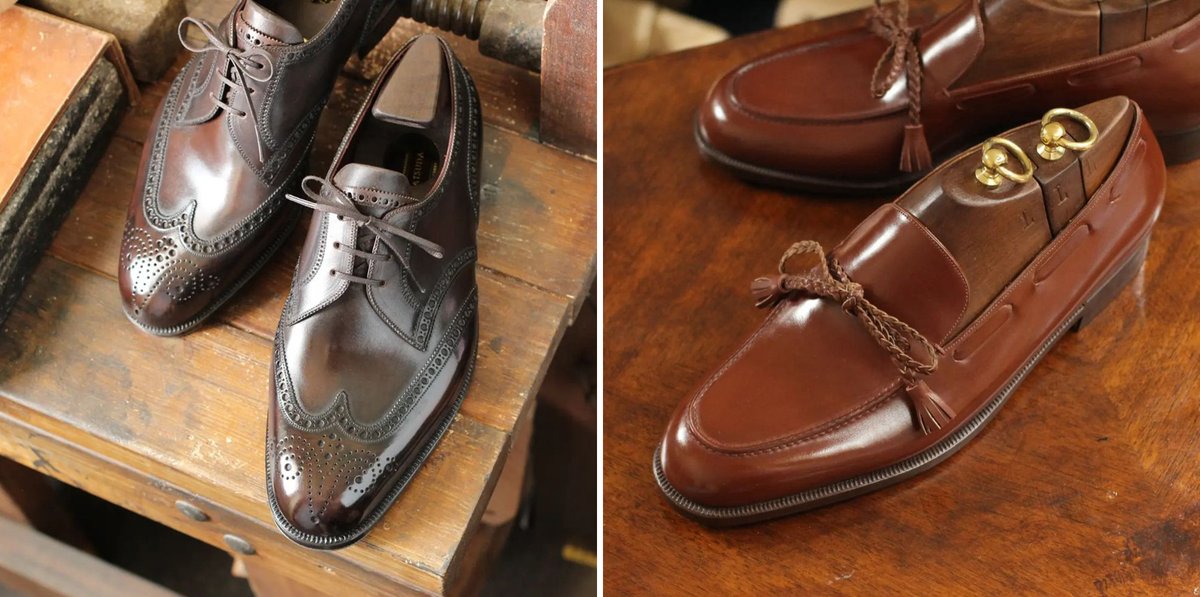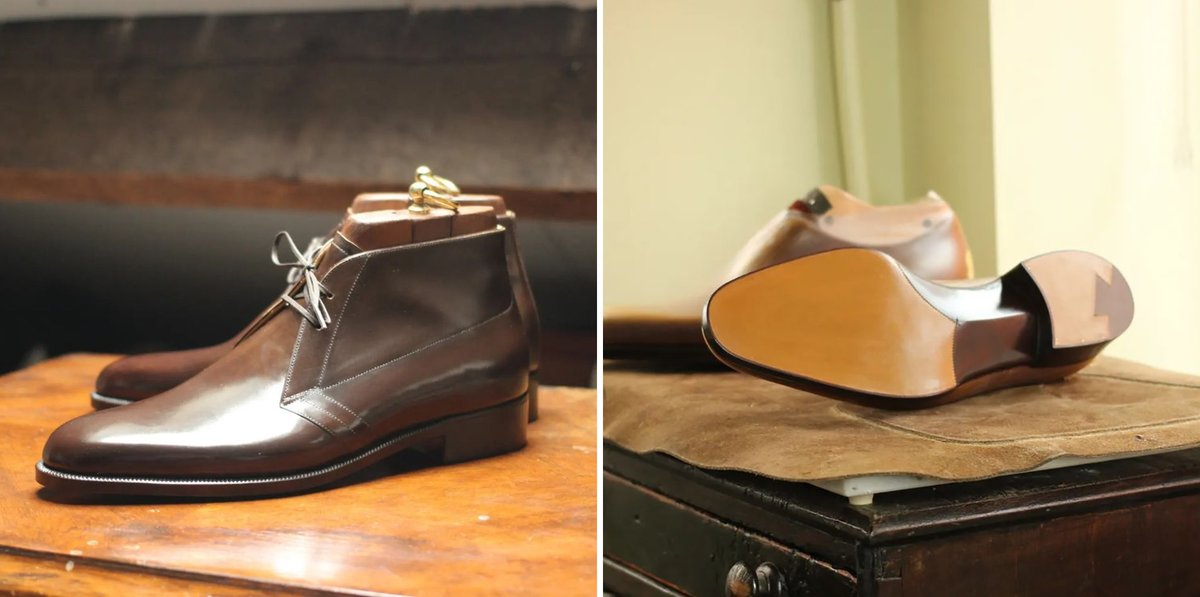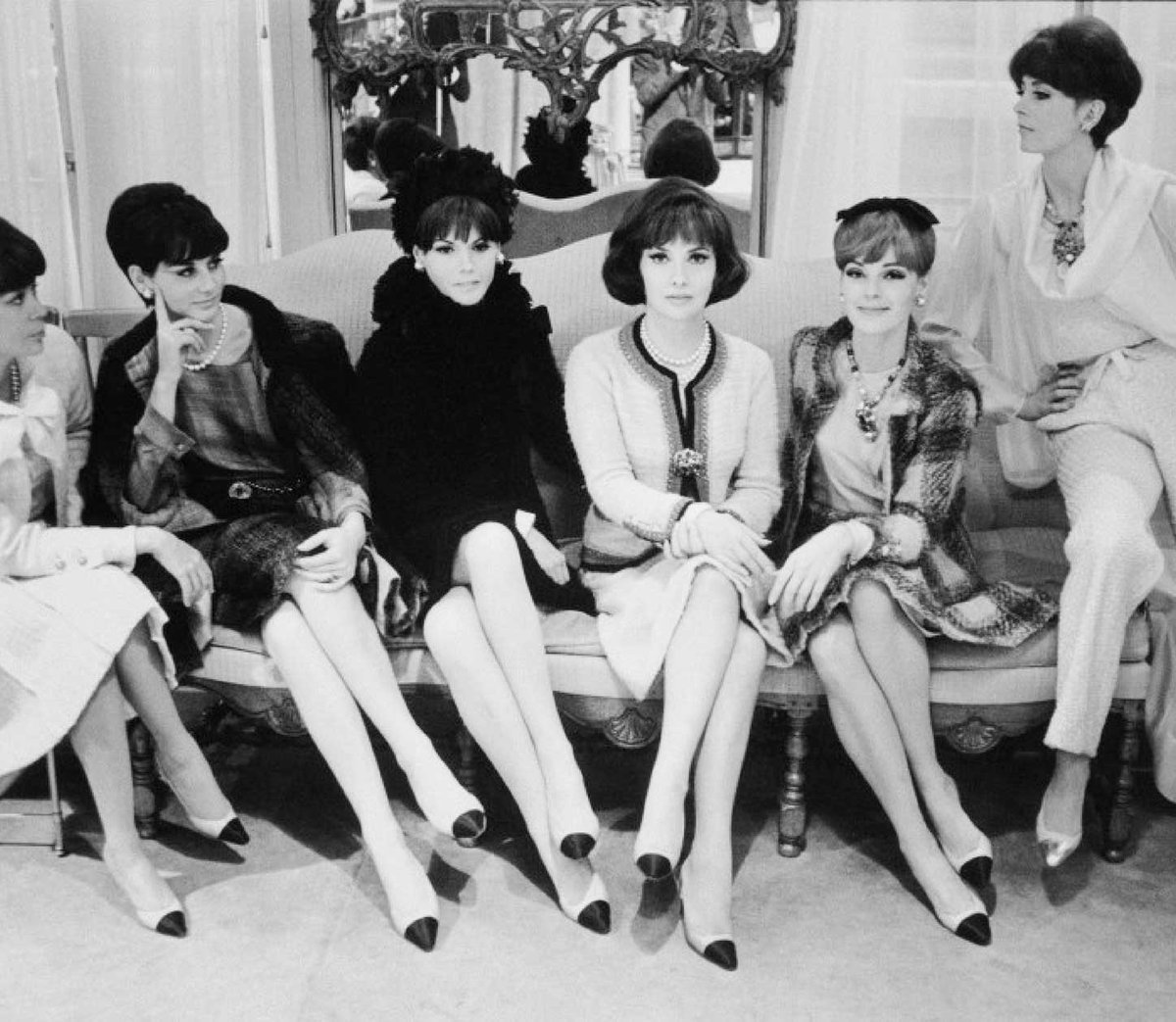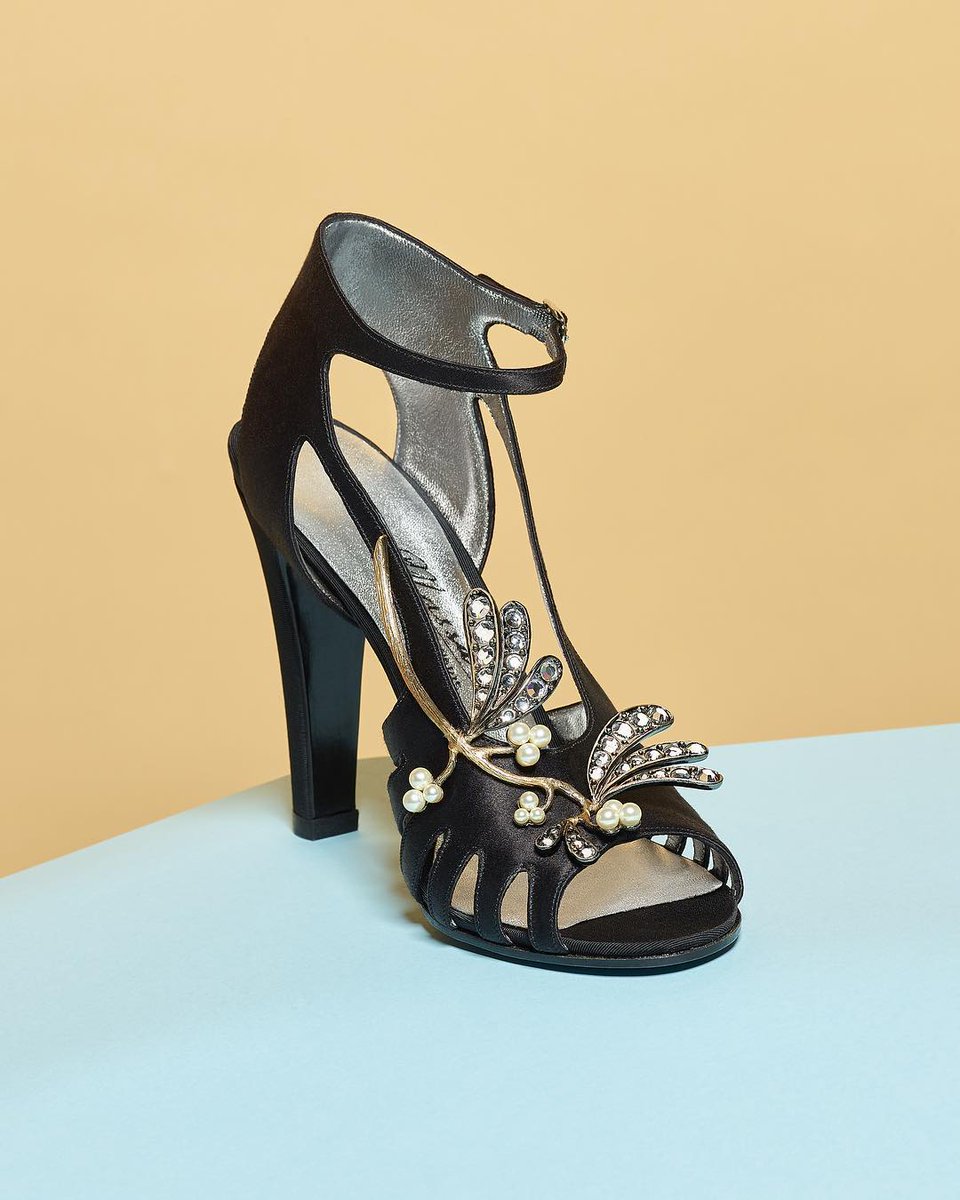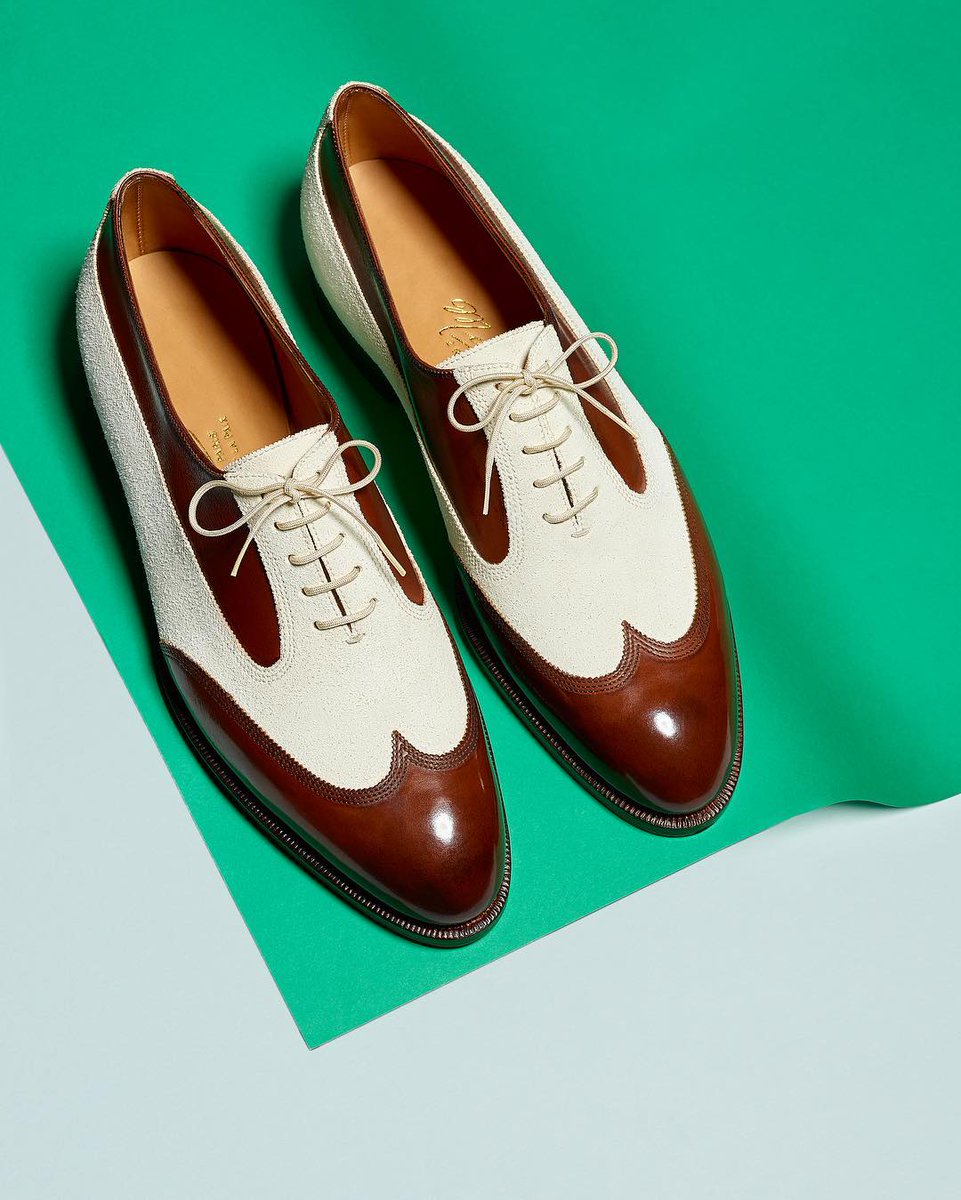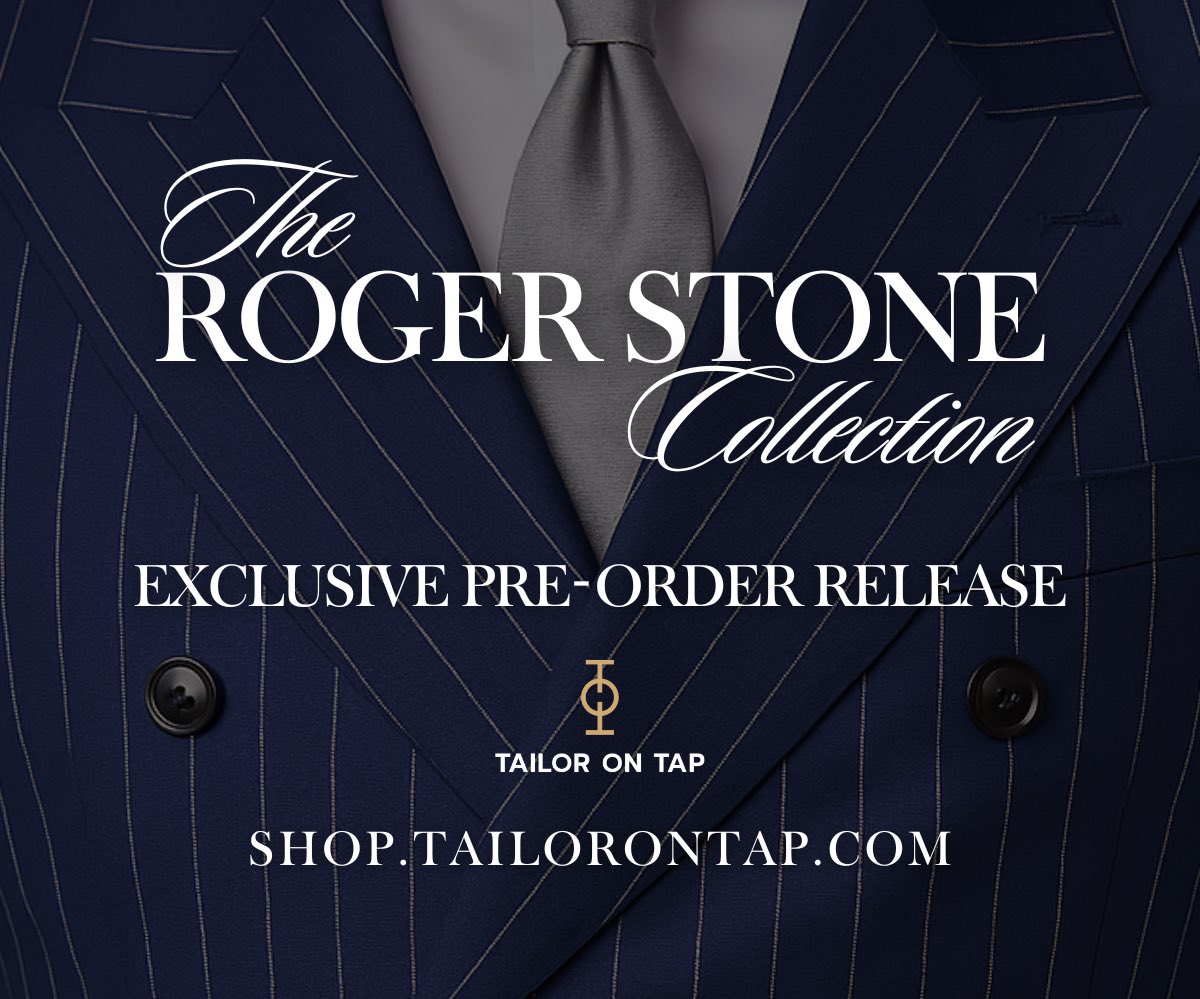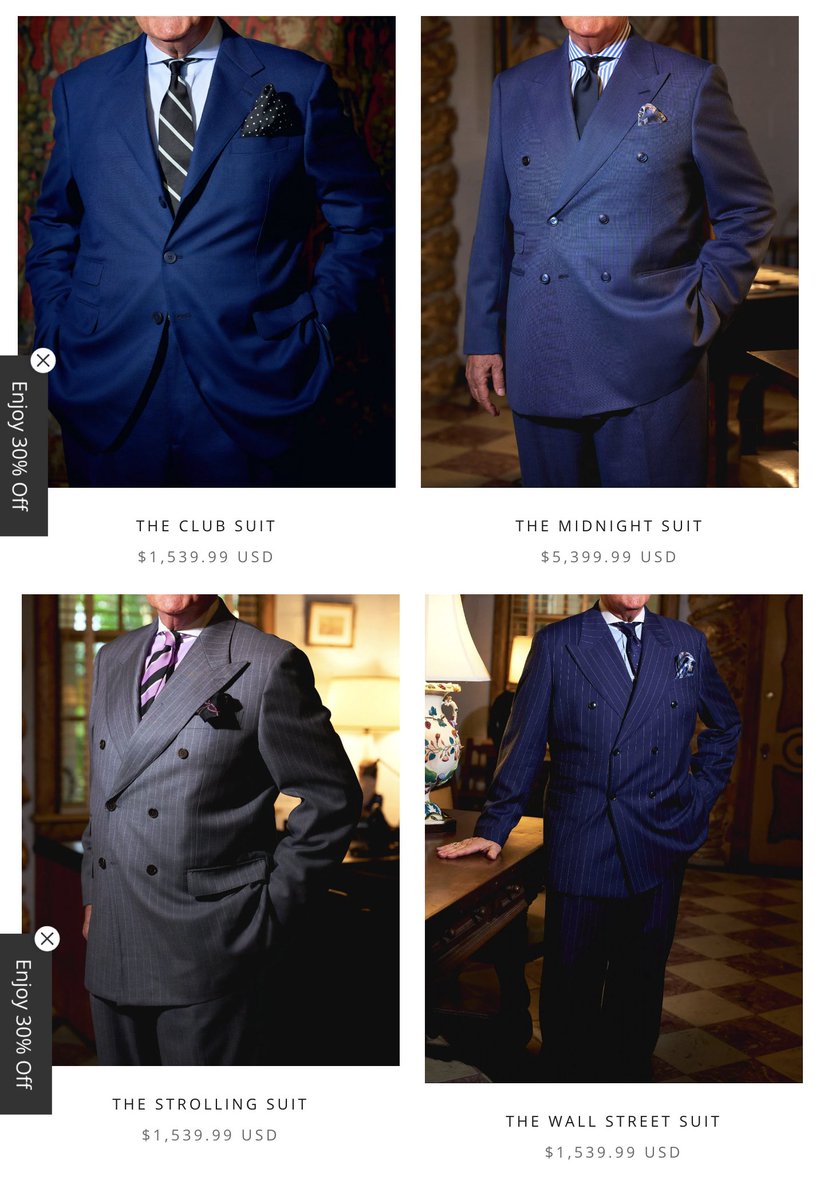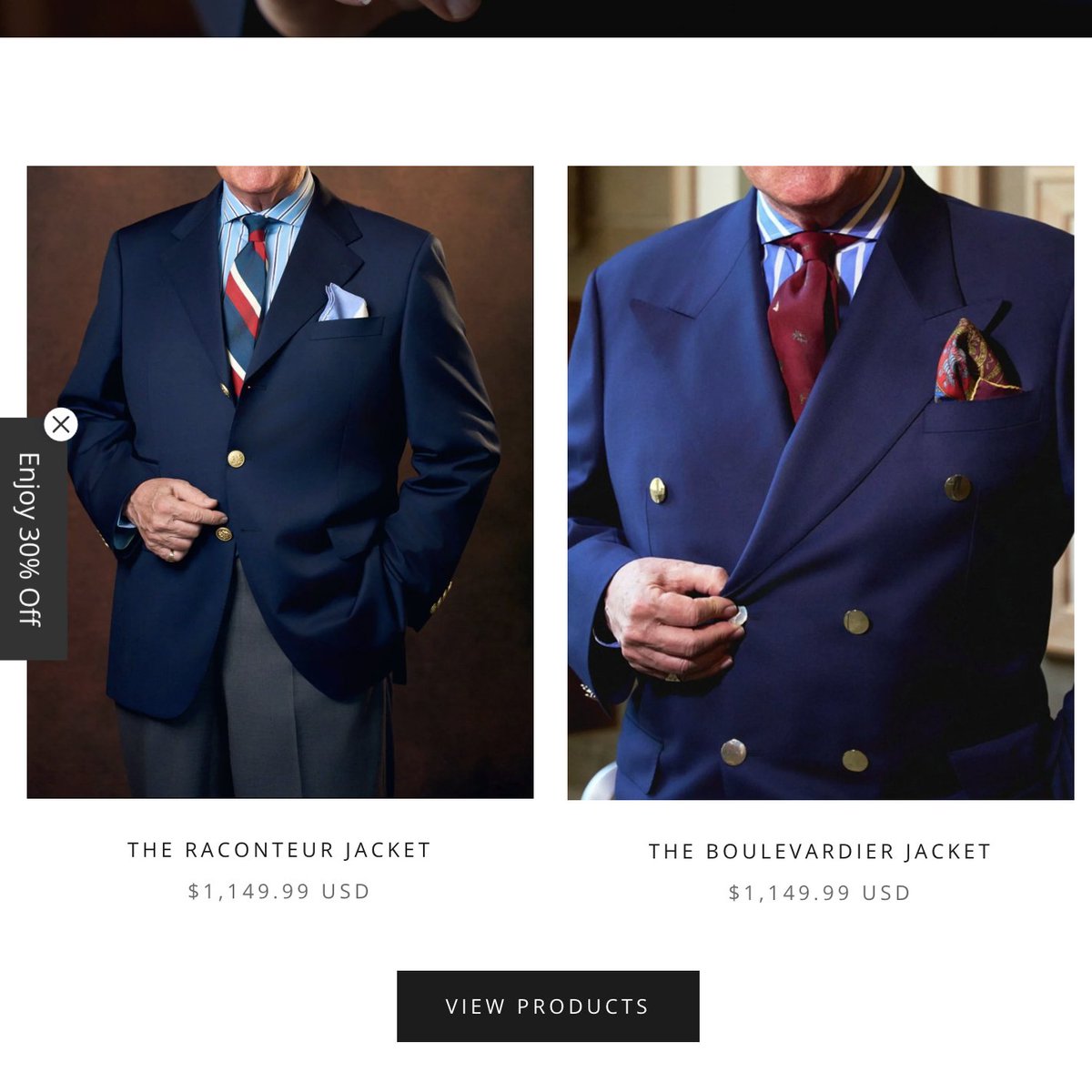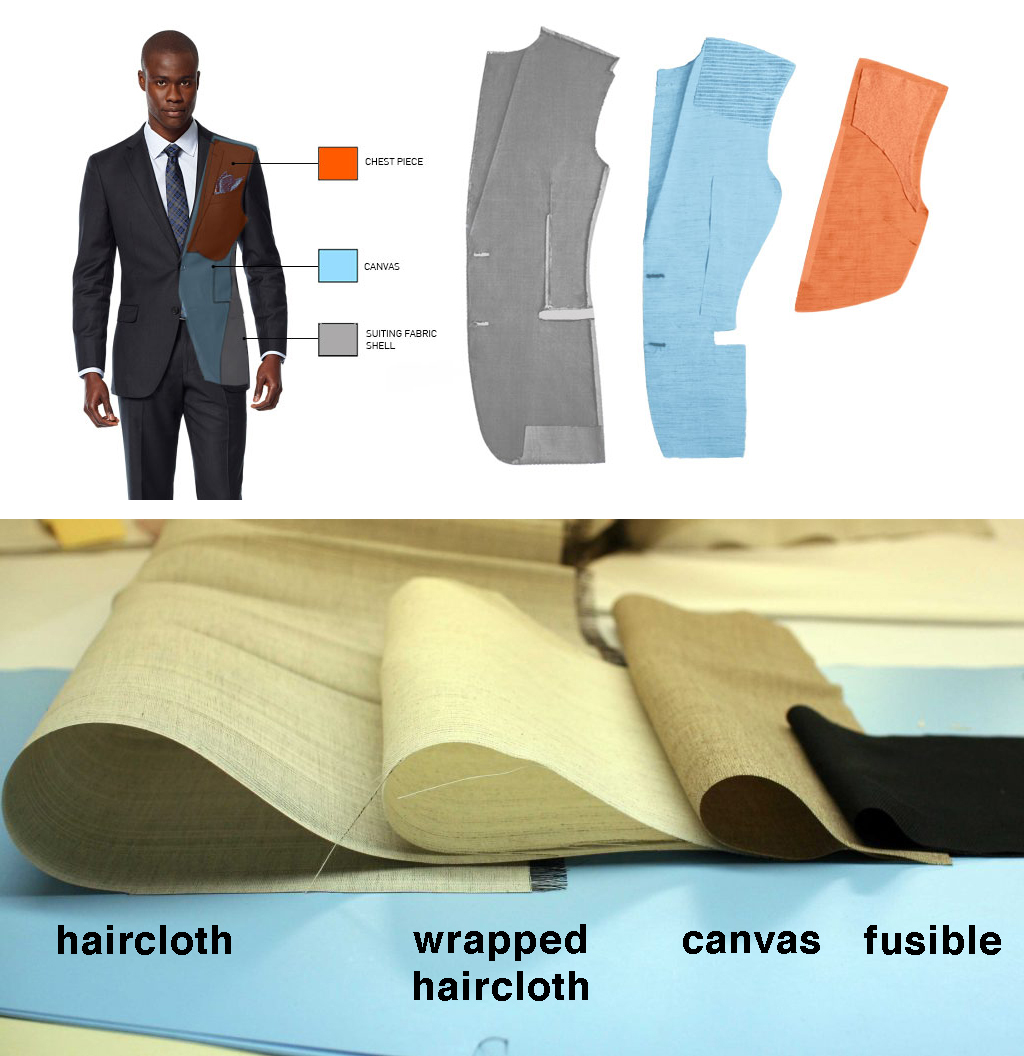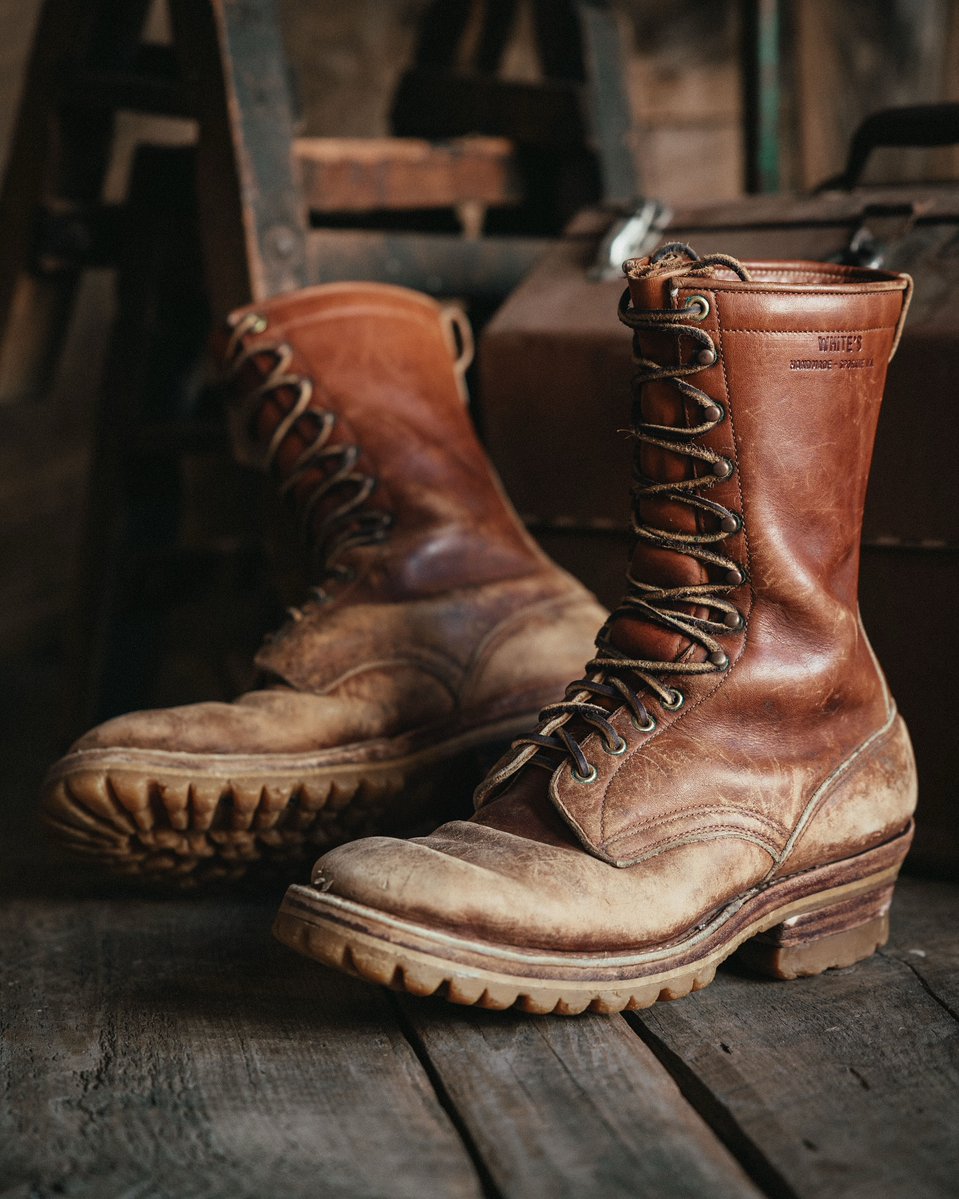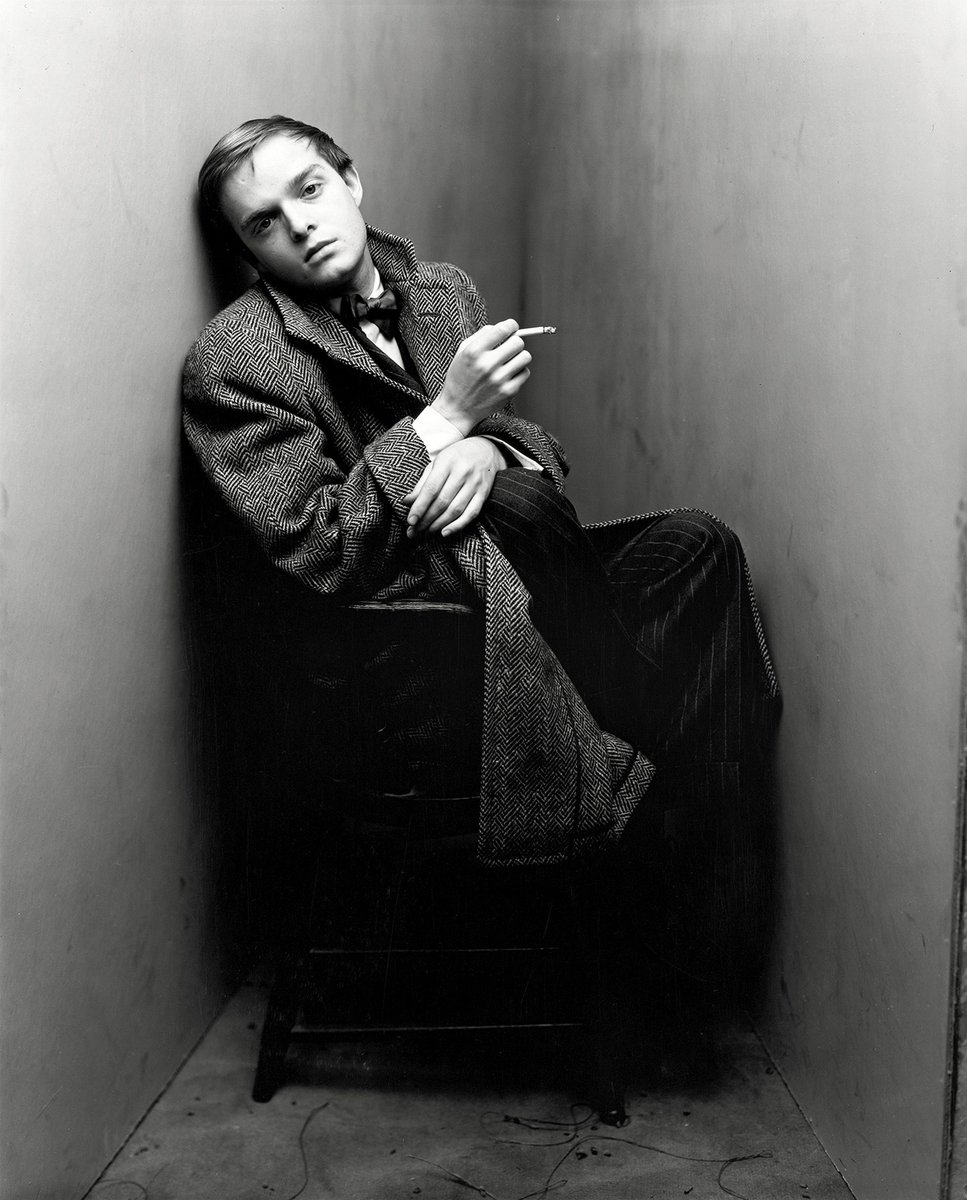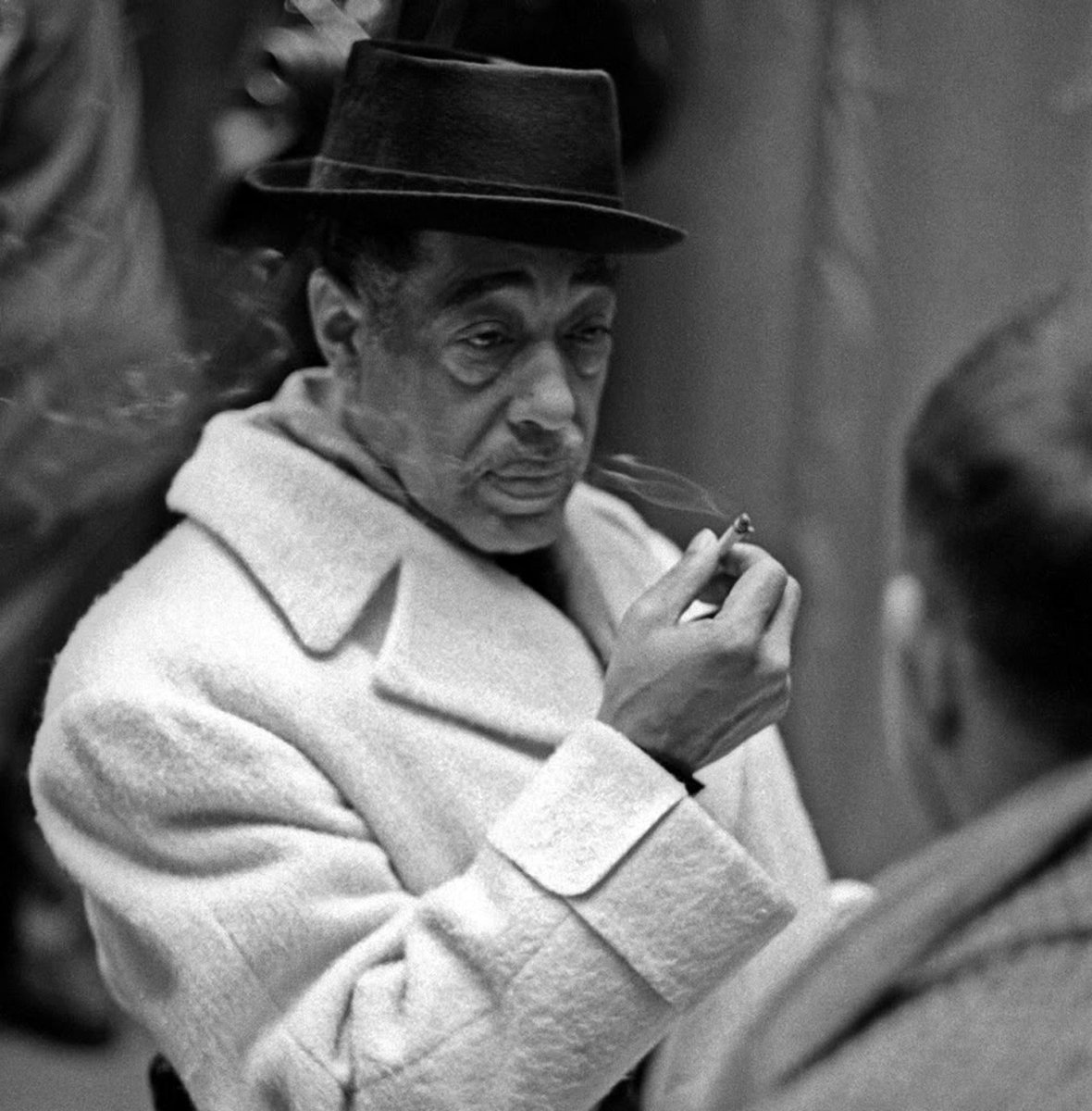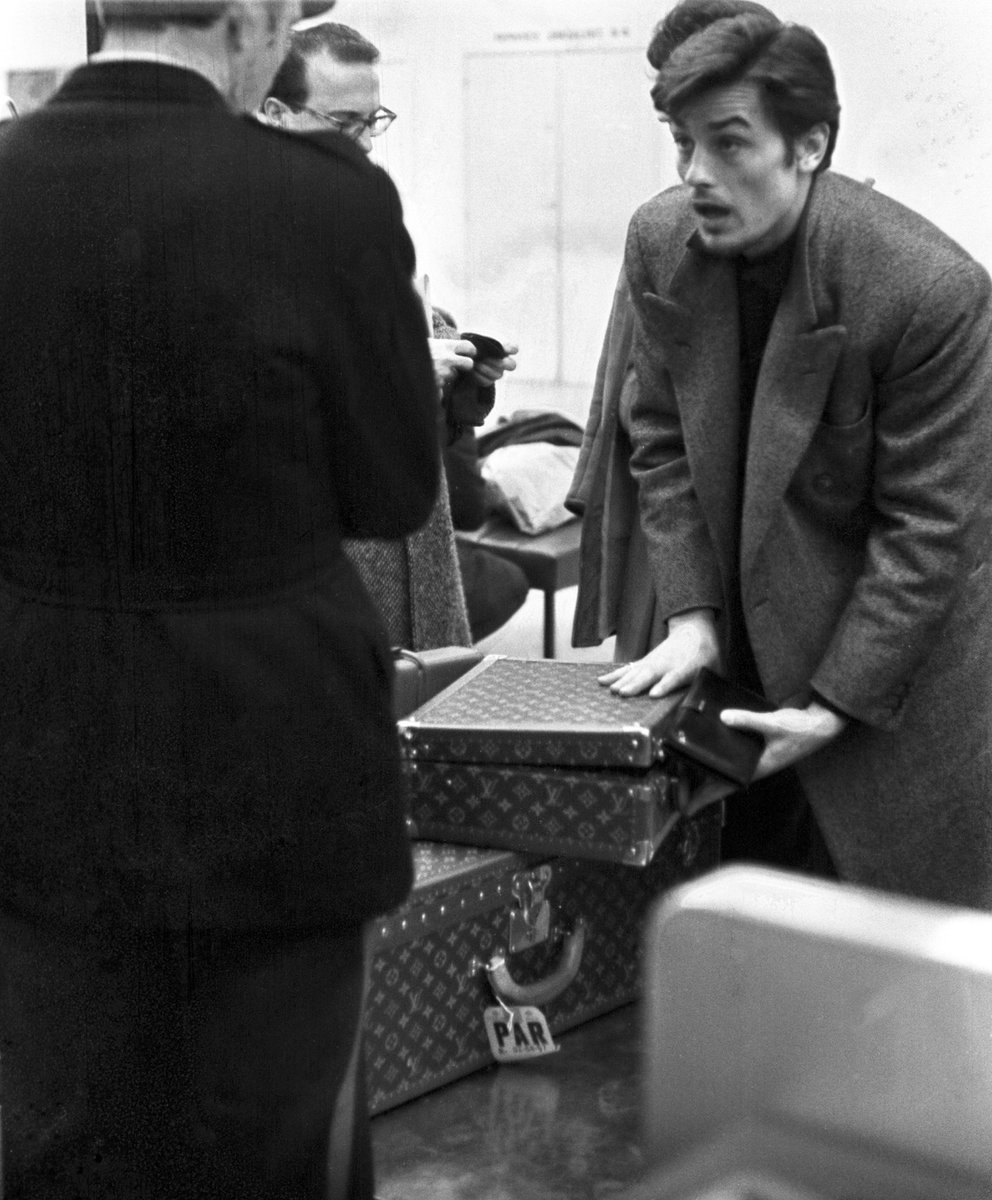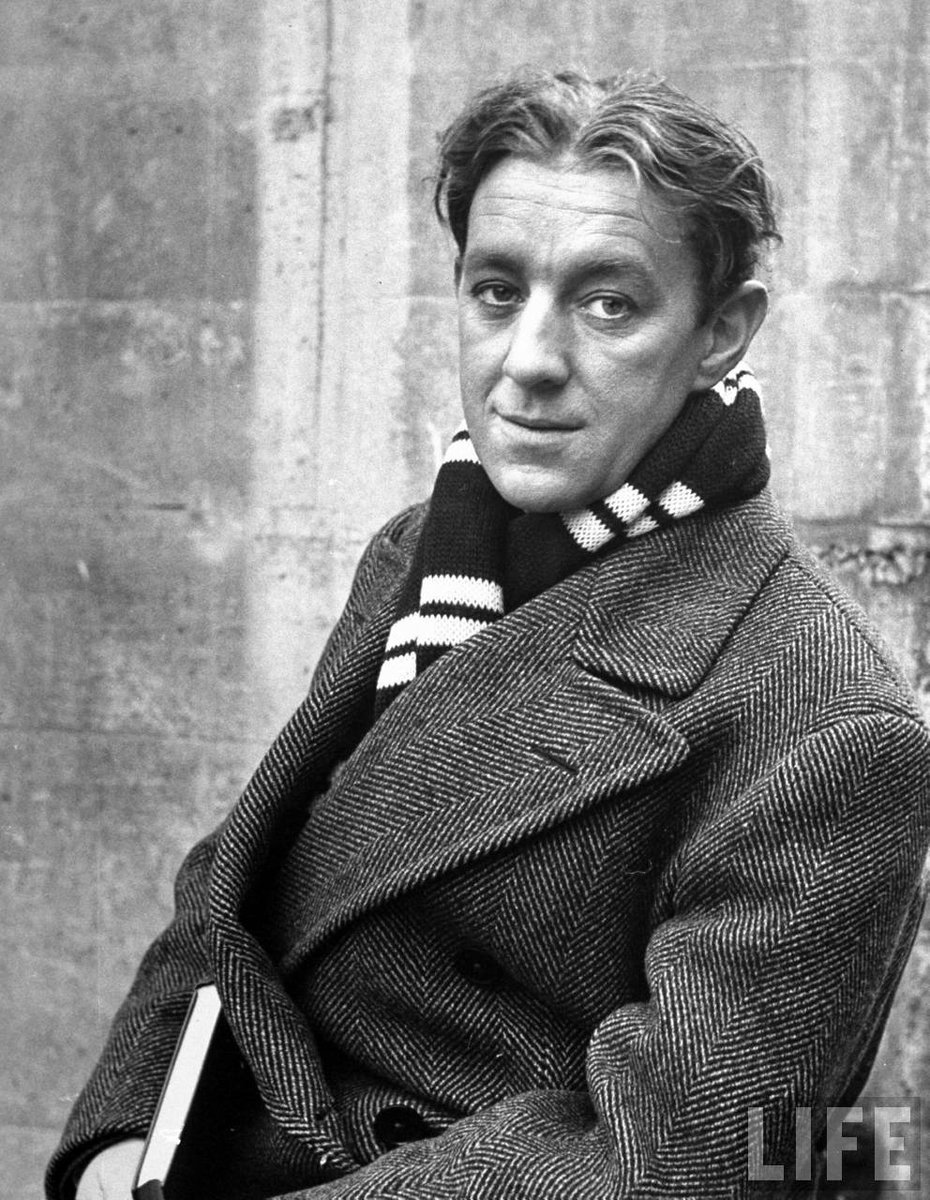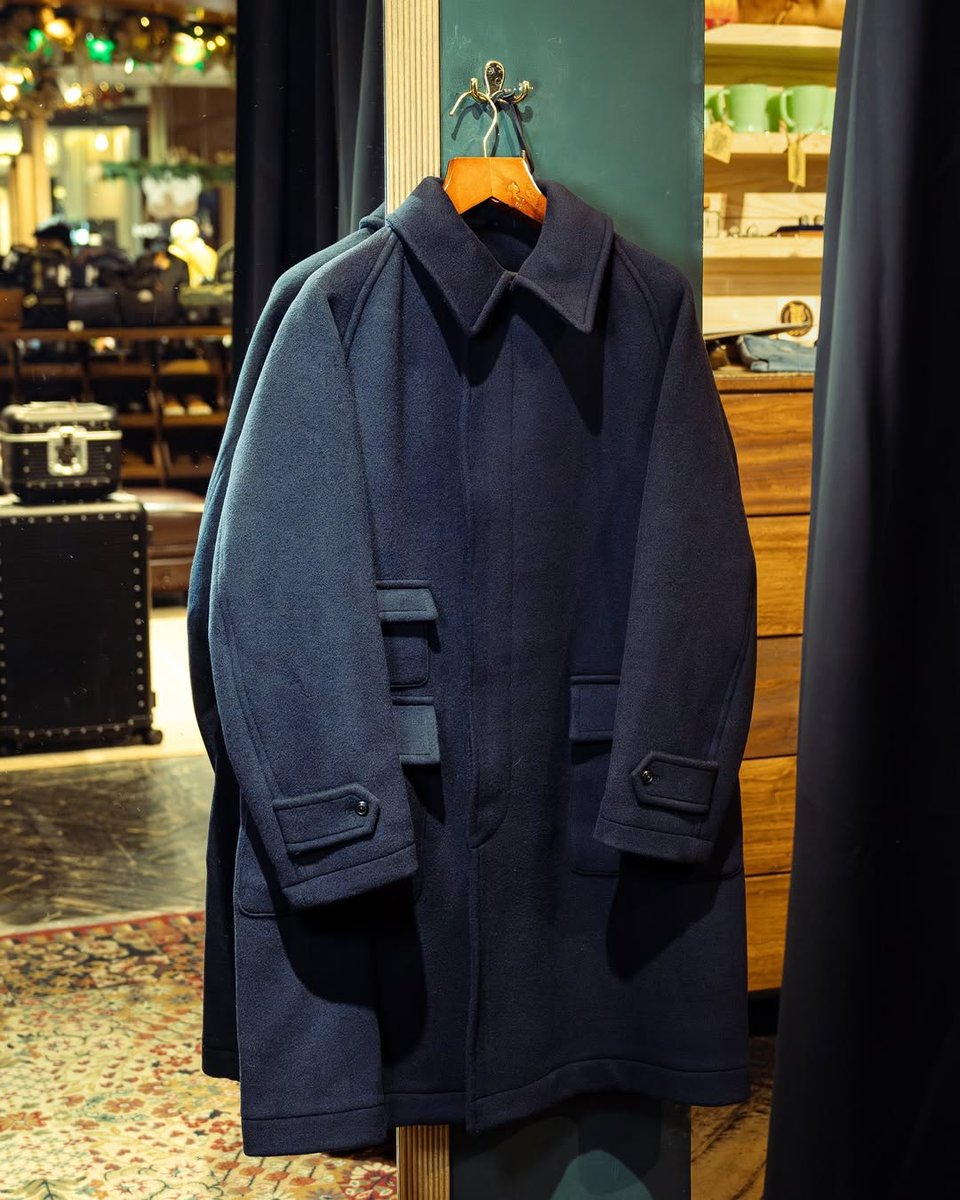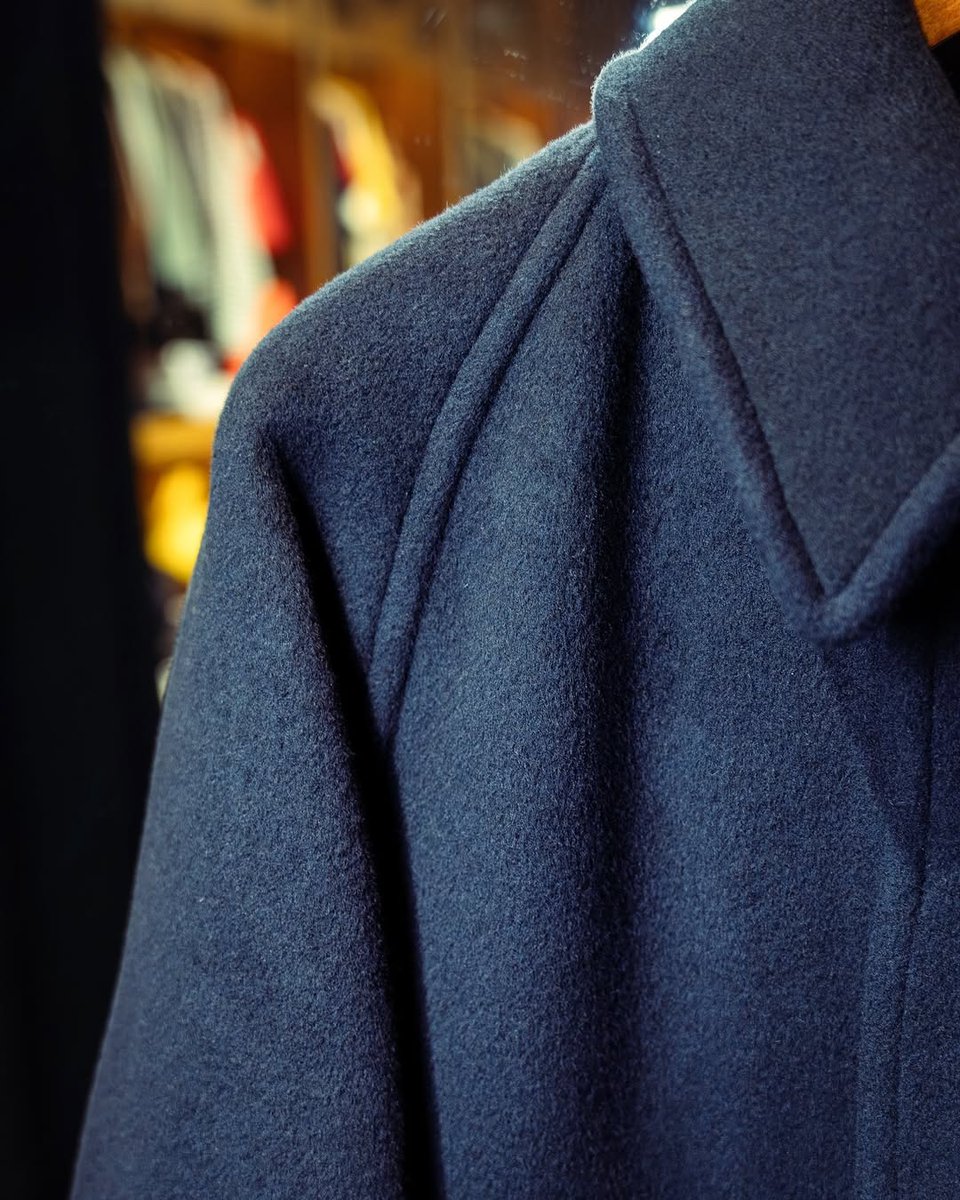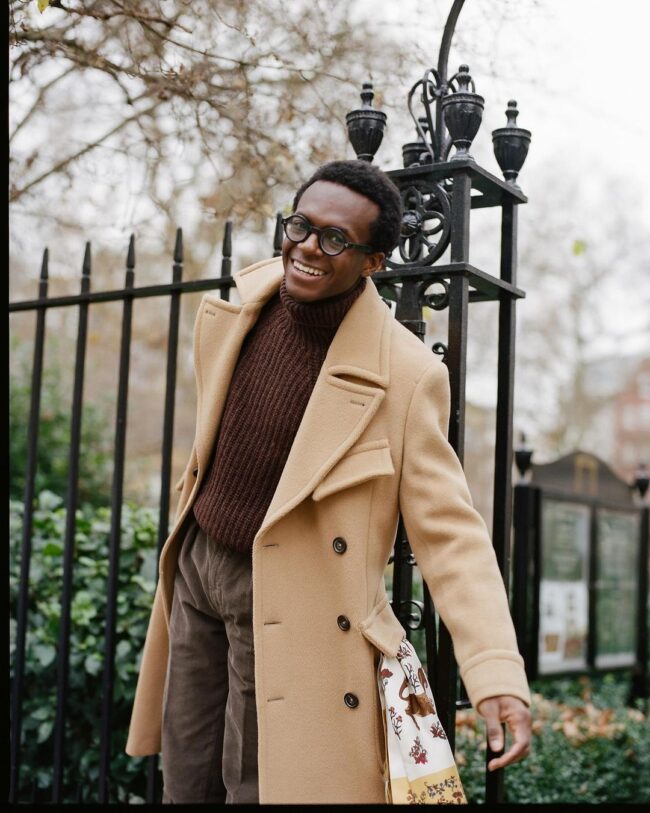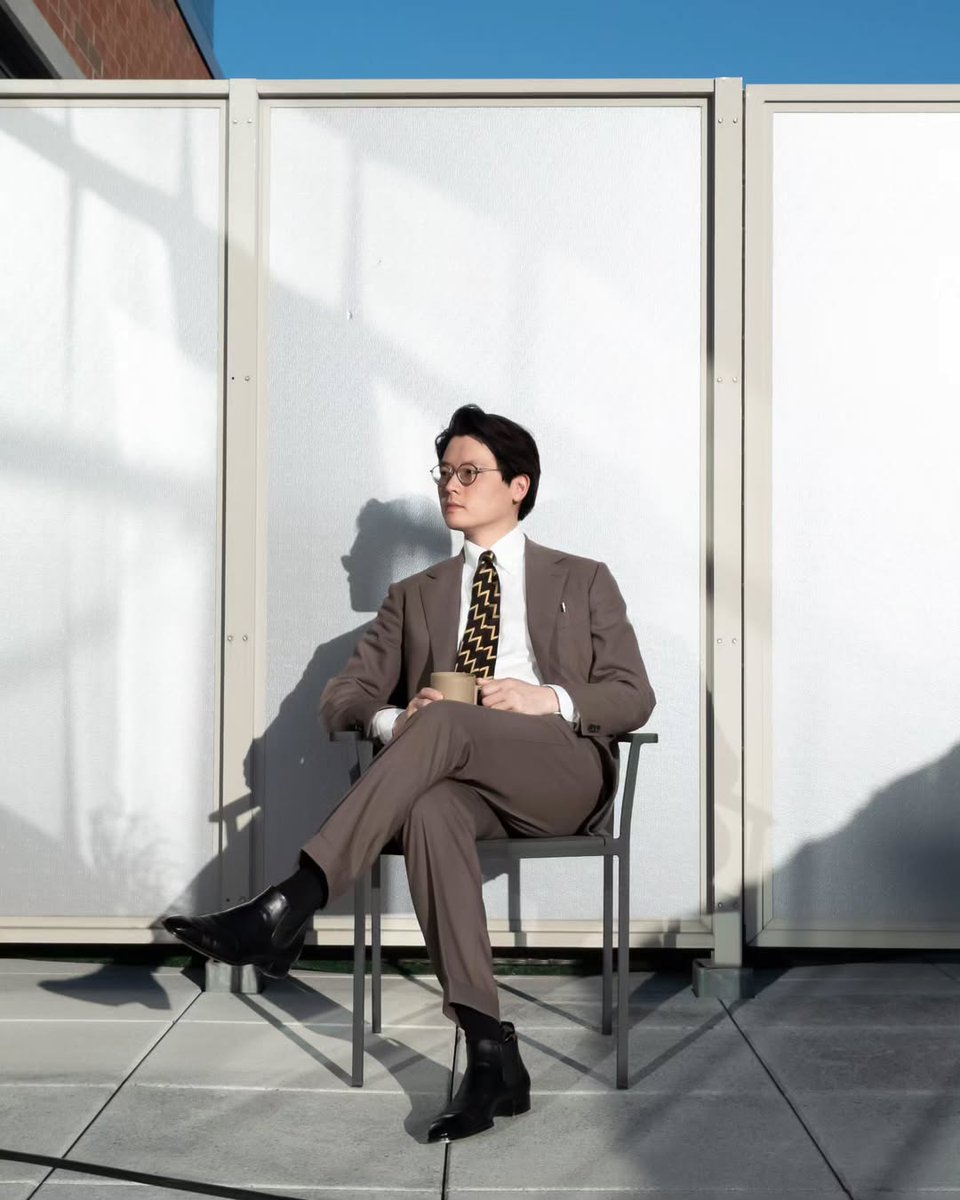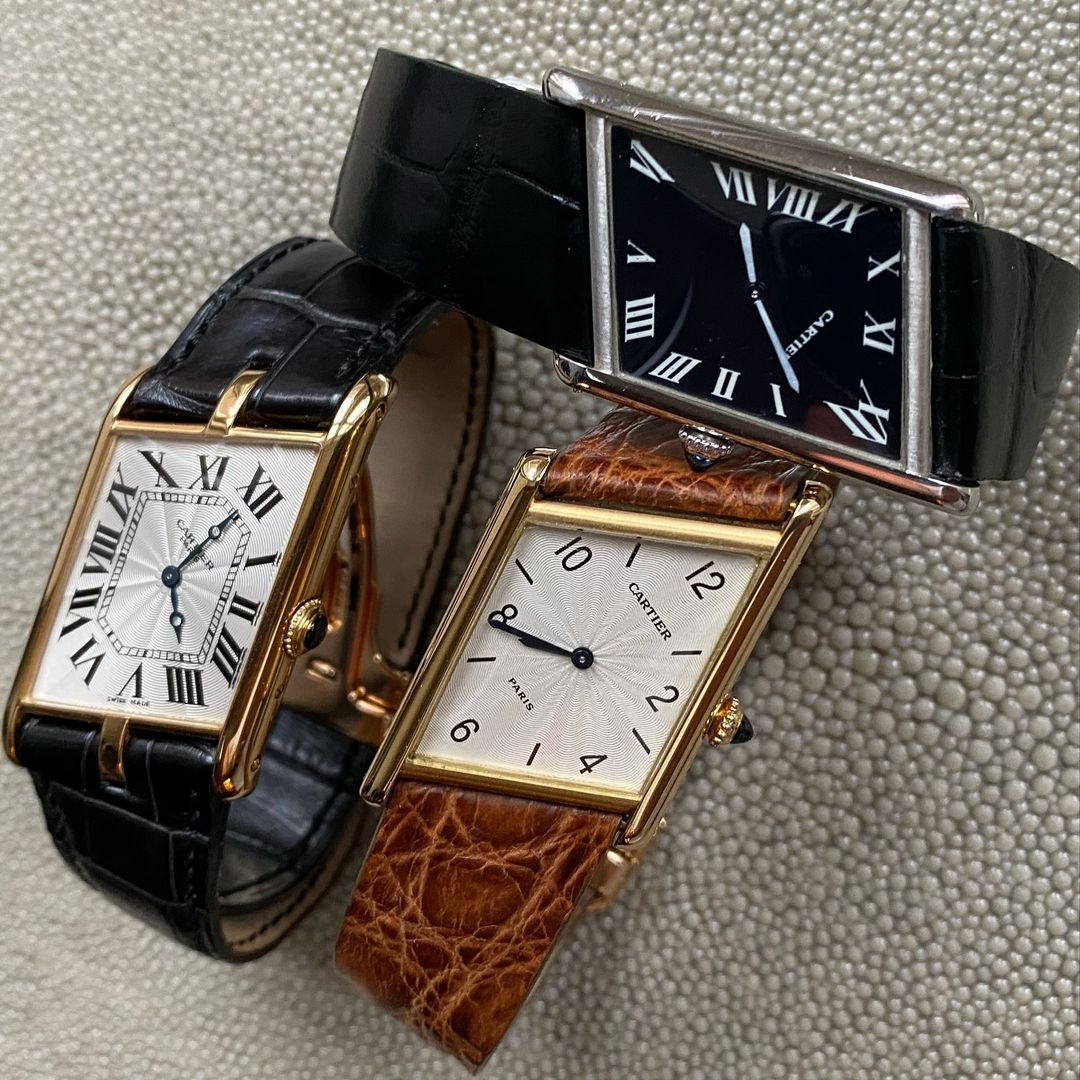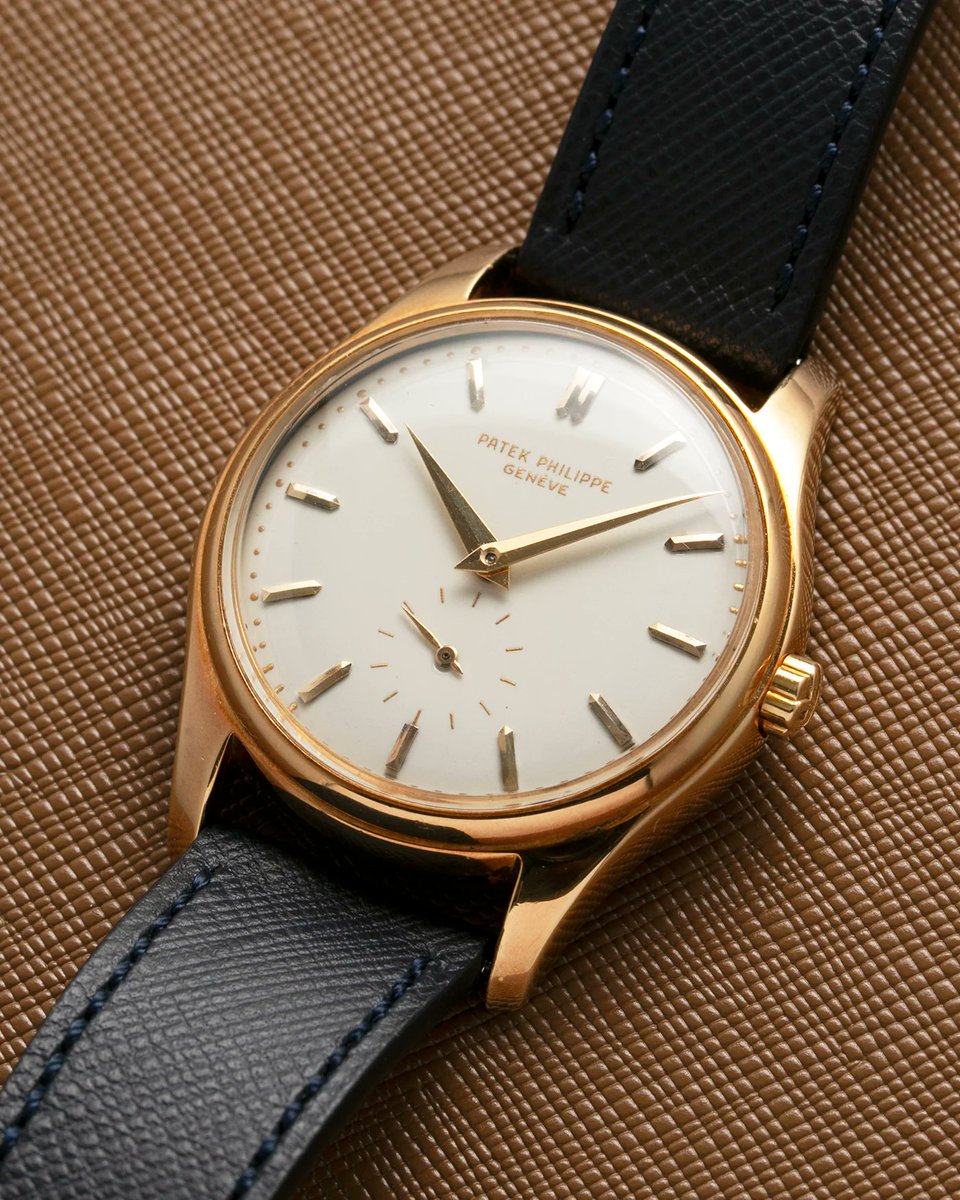WHAT'S THE DIFFERENCE BETWEEN A SUIT JACKET, SPORT COAT, AND BLAZER?
A friend of mine recently emailed me to ask whether he accidentally bought a suit jacket by mistake, when he wanted a sport coat. I see this sort of thing happen often, so let's break down the differences 🧵
A friend of mine recently emailed me to ask whether he accidentally bought a suit jacket by mistake, when he wanted a sport coat. I see this sort of thing happen often, so let's break down the differences 🧵
https://twitter.com/soupgirly/status/1636252825910149126
First, understand that a suit is just a garment where the jacket and pants have been cut from the same cloth. This distinguishes it from the frock coat, which is what "proper" gentlemen wore before suits became popular. 



By the early 20th-cent, the frock coat fell out of favor and was replaced by suits and sport coats.
See how the suit on the left is made to be worn with matching pants. The sport coat on the right is made to be worn with pants cut from a different cloth.

See how the suit on the left is made to be worn with matching pants. The sport coat on the right is made to be worn with pants cut from a different cloth.

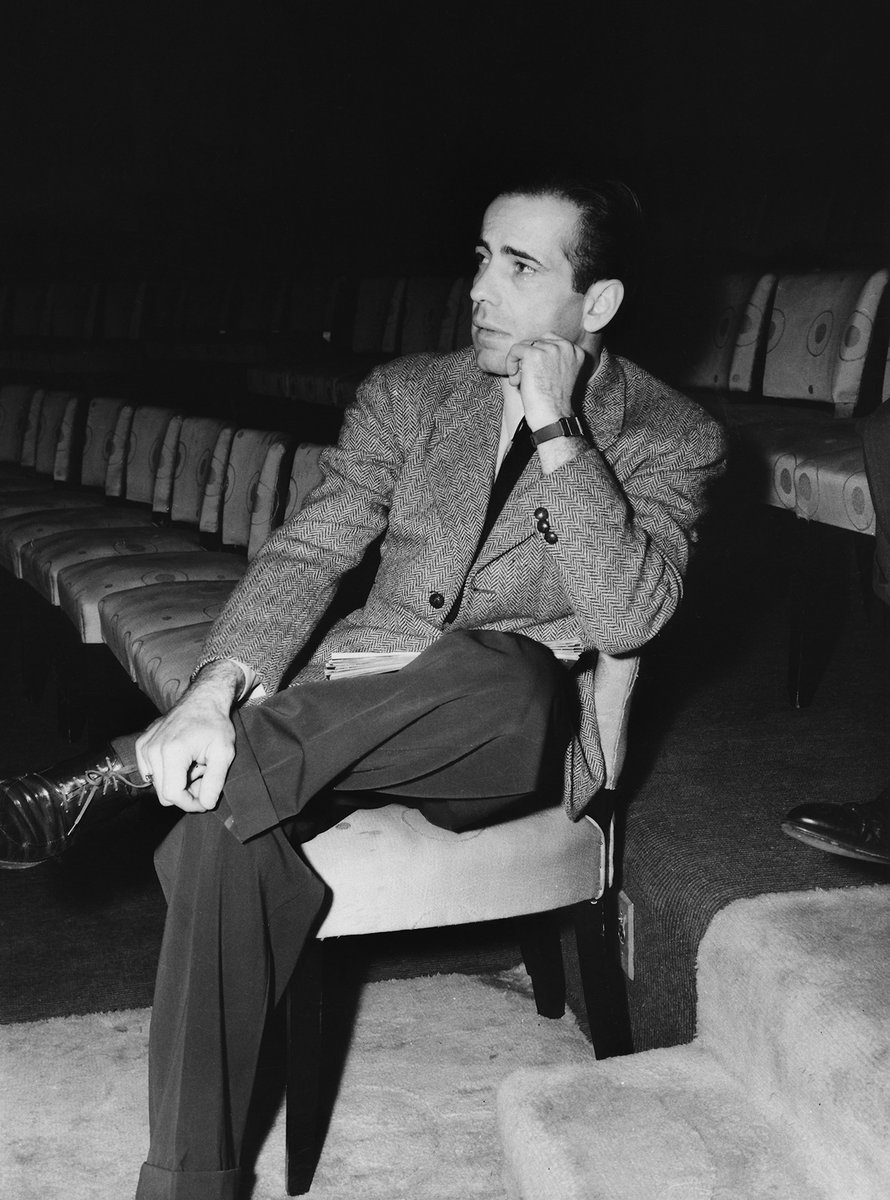
A suit can be made from almost anything: cotton, linen, seersucker, thornproof tweed, cavalry twill, etc.
It can also come in any color, although it's most traditionally made in sedate colors, such as various shades and hues of blue, grey, brown, and green.



It can also come in any color, although it's most traditionally made in sedate colors, such as various shades and hues of blue, grey, brown, and green.




When you go into a store, however, you will mostly see suits like these. These are made from worsted wool, which is a smooth, often slightly silky, sometimes slightly shiny fabric (fabric nerds please don't "actually" me about worsted—I have character limits). 







The reason why you want to know the difference between a suit jacket and sport coat is bc you never want to dress like Gaetz below. You don't want to look like you accidentally spilled something on your suit pants and changed out of them. The jacket here is too formal for pants. 

But remember, some suits can be broken into separates! Corduroy is a perfect example. If you have a corduroy suit, you can easily wear the jacket with matching corduroy pants or pants cut from a diff fabric. Corduroy works a suit or sport coat. 



So, how do you know when you can wear a suit jacket on its own?
Clothing is a social language, so much of this is about training your eye for what looks right, just as you would train your ear to know what sounds right. However, I can give you some guidelines:
Clothing is a social language, so much of this is about training your eye for what looks right, just as you would train your ear to know what sounds right. However, I can give you some guidelines:
Generally speaking, the rougher, fluffier, and more visible the weave, the more likely you’re looking at a sport coat. Conversely, the finer and flatter the weave, the more likely you’re looking at a suit jacket.
Silky worsted wool? Suit
Tweed? Sport coat.



Silky worsted wool? Suit
Tweed? Sport coat.




Certain patterns can also be clues. Pinstripes and chalkstripes always indicate something was meant to be worn as a suit. Fine patterns or weaves, such as birdseye, nailhead, and small-scale herringbones, also tend to be reserved for suits. 



Scale of pattern also matters. Although suits can come in big, bold patterns, and sport coats in quiet and subtle ones, the more successful sport coats tend to have larger scale designs. It’s a way of saying, "this isn’t something to be worn to a business meeting."
Look at these two coats. They are both made with the same pattern: a glen check. They even have similar colors. But the sport coat has a much larger scale pattern, which distinguishes it as more casual than the suit jacket (which should only be worn with matching pants) 





Some other details can be a giveaway. Patch pockets, leather-wrapped buttons, and fewer than four buttons at the sleeve are all casualizing details. Jetted pockets, on the other hand, are typically reserved for suits (although not always) 







This can all sound overwhelming at first. But you can avoid the worst by sticking to a simple rule:
Don't wear navy, grey, or black jackets made from silky, smooth wools on their own. Esp if they have flapped or jetted pockets. These are suit jackets and need matching suit pants
Don't wear navy, grey, or black jackets made from silky, smooth wools on their own. Esp if they have flapped or jetted pockets. These are suit jackets and need matching suit pants

Ok, now, what's a blazer? I've seen lots of people here mistake suit jackets and sport coats as blazers.
Here is the long history of blazers encapsulated in a neat little chart:
Here is the long history of blazers encapsulated in a neat little chart:

One definition comes from the history of club blazers, where people wore unusually striped or trimmed jackets to distinguish themselves as members of a rowing, boating, or yachting club. Jack Carlson's book Rowing Blazers is dedicated to this subject. The style is VERY preppy 







The other definition comes from the history of schoolboy blazers, which were also sometimes a distinguishing feature of club blazers. These are essentially navy sport coats with metal buttons (silver or gold in color). The buttons sometimes have emblems of the organization. 



It's very rare to see boating blazers nowadays out in the wild. When people (correctly) use the term blazer nowadays, they mean a navy sport coat made with buttons that look like this: 



If you like tailored clothing, a navy sport coat is the most useful garment you can own. Start with that in a slightly textured material to distinguish it from navy suit jackets. Hopsack, serge, and Mock Leno all work. 

You can have a tailor swap out the buttons to play with different looks: matte brown horn for year-round wear, mother of pearl for summer (only for summer materials like Mock Leno), or brass buttons for something slightly preppy. 

Sales associates at good stores should be able to guide you on what's what. If you are shopping vintage, beware of things called "orphaned suit jackets." These are suit jackets sold without matching pants (usually bc the pants wore out at the seat). Avoid these purchases. 



One more thing: if you're on TikTok, you've prob seen this clip of Harvey claiming you can turn 5 suits into 75 different outfits. Lots of men remix this audio with a video showing them doing this. I don't want to put anyone on blast by posting their vid. But you can look them up
The reason why you can't do this is bc not all suit jackets can be worn on their own (see Gaetz and Santos above). Your ability to wear a suit jacket on its own depends on whether it can *convincingly* pass as a sport coat.
This depends on a host of variables: fabric's sheen, texture, and weave; pattern type and scale; jacket details such as pocket style, etc. The details matter greatly, so don't mix and match willy-nilly as Harvey recommends.
• • •
Missing some Tweet in this thread? You can try to
force a refresh


